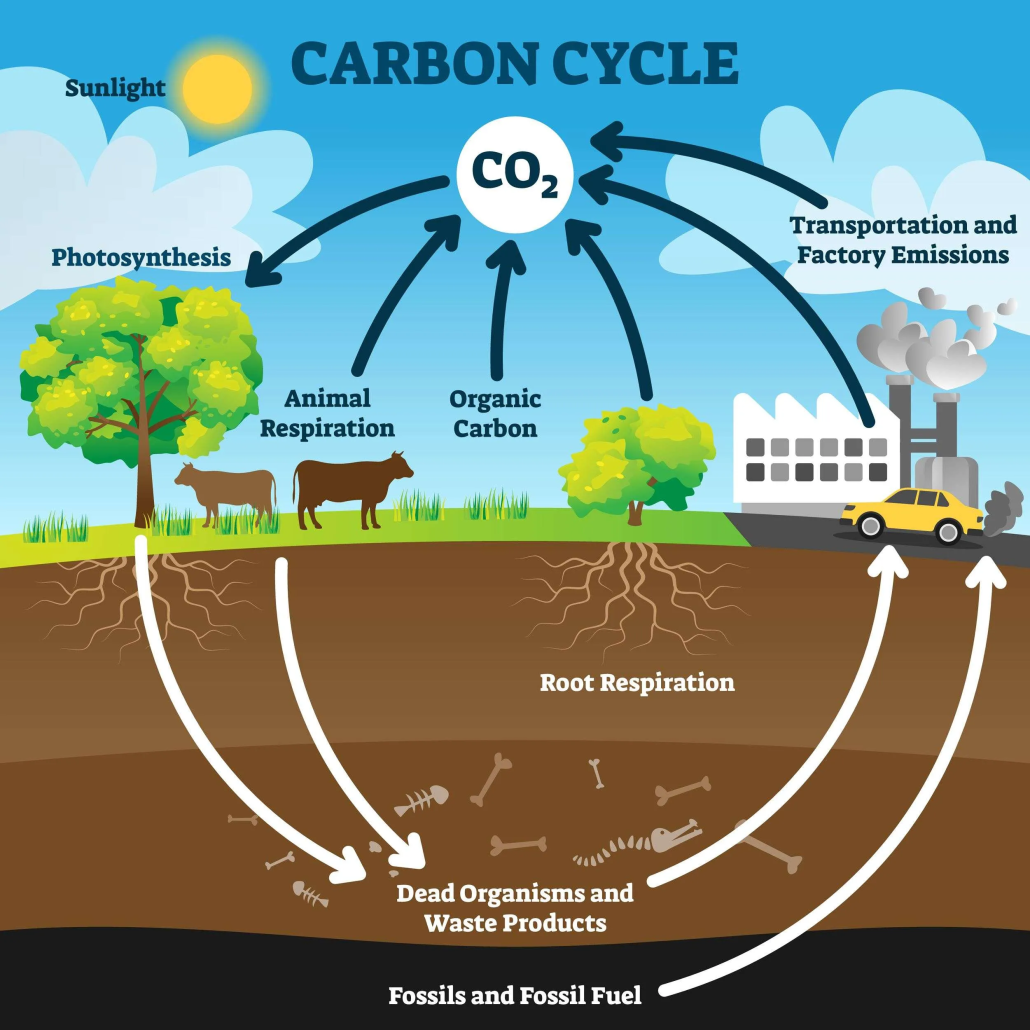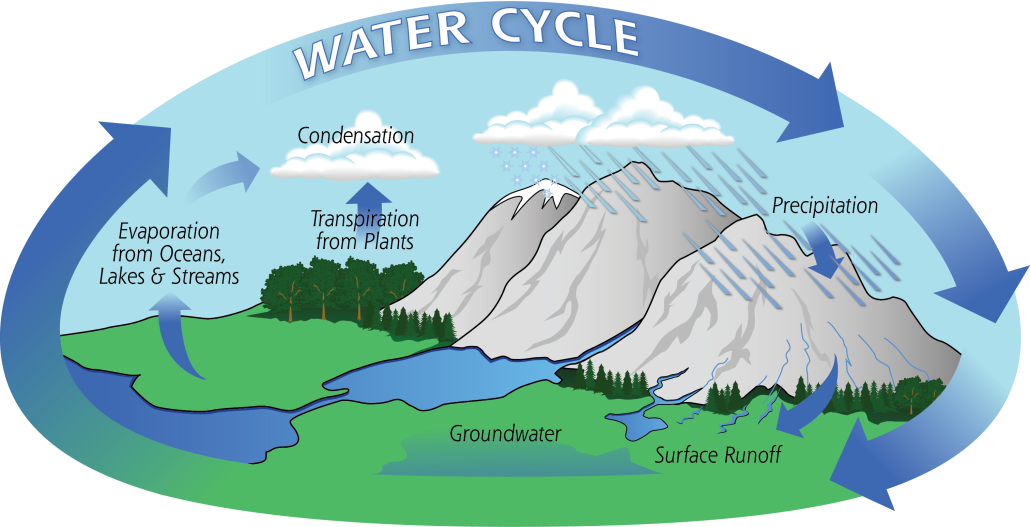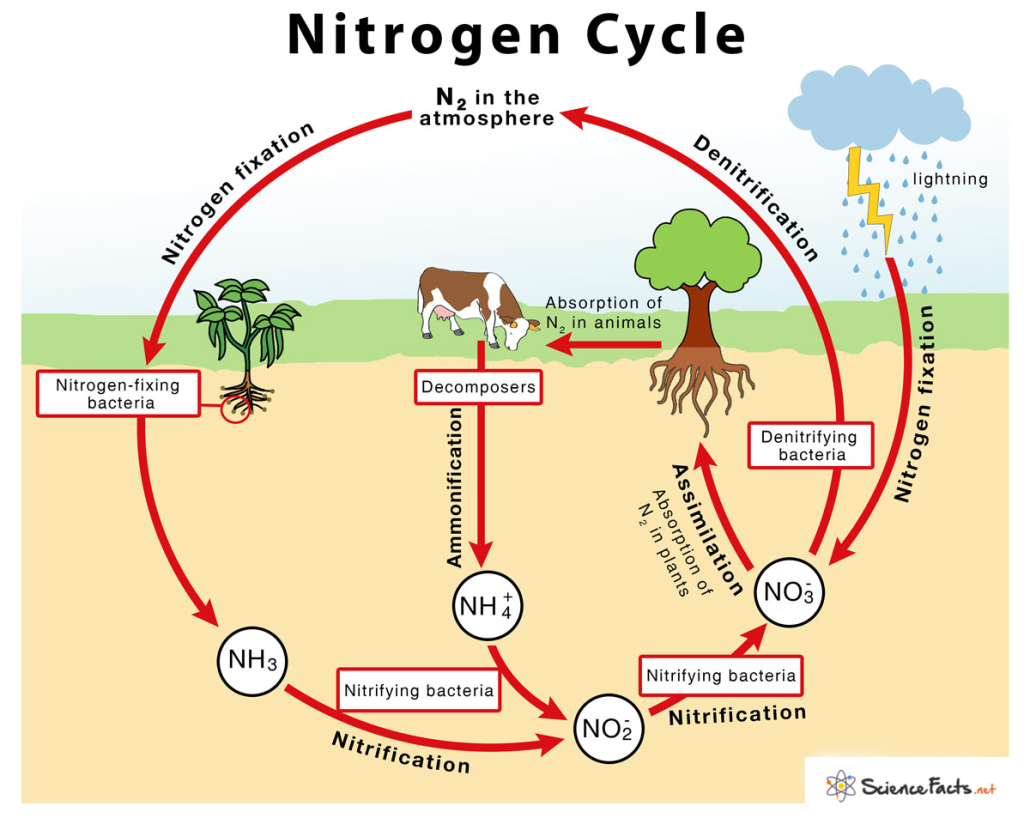Biology Keypoints: Symbiotic interactions of plants and animals; Symbiosis is a close relationship between two or more organisms of different species. Symbiotic relationships can be beneficial, harmful, or neutral to both partners.
Symbiotic interactions of plants and animals
There are three main types of symbiotic relationships: mutualism, commensalism, and parasitism.
- Mutualism is a symbiotic relationship in which both partners benefit from the relationship. For example, a bee and a flower have a mutualistic relationship. The bee benefits from the flower’s nectar and the flower benefits from the bee’s pollination services.
- Commensalism is a symbiotic relationship in which one partner benefits from the relationship, while the other partner is neither harmed nor benefited. For example, barnacles that attach themselves to whales have a commensalistic relationship with the whales. The barnacles benefit from the whale’s movement, which helps them to find food and mates. The whale is neither harmed nor benefited by the barnacles.
- Parasitism is a symbiotic relationship in which one partner (the parasite) benefits from the relationship, while the other partner (the host) is harmed. For example, a tapeworm has a parasitic relationship with its host, which is usually a mammal. The tapeworm benefits from the host’s food, while the host is harmed by the tapeworm’s feeding.
Energy Flow in the Ecosystem
Energy flows through an ecosystem in a series of steps called a food chain. A food chain shows how energy is transferred from one organism to another. The first organism in a food chain is called a producer. Producers are able to make their own food using sunlight, water, and carbon dioxide. Plants are producers.
The next organisms in a food chain are called consumers. Consumers cannot make their own food, so they must eat other organisms to get the energy they need. Consumers are divided into three groups: herbivores, carnivores, and omnivores.
- Herbivores eat plants.
- Carnivores eat other animals.
- Omnivores eat both plants and animals.
The last organisms in a food chain are called decomposers. Decomposers break down the remains of dead organisms and return the nutrients to the soil. Decomposers are important for recycling nutrients in an ecosystem.
Nutrient Cycling in Nature
Nutrients are substances that organisms need to grow and reproduce. Nutrients are cycled through an ecosystem in a series of processes called nutrient cycles. The three main nutrient cycles are the carbon cycle, the water cycle, and the nitrogen cycle.
- Carbon Cycle
The carbon cycle is the process by which carbon moves through the biosphere. Carbon is found in the atmosphere as carbon dioxide, in the oceans as dissolved carbon dioxide, in rocks and sediments as carbonates, and in living organisms as organic matter.

The carbon cycle is driven by photosynthesis and respiration. Photosynthesis is the process by which plants use sunlight to convert carbon dioxide and water into glucose and oxygen. Respiration is the process by which animals and other organisms use oxygen to break down glucose and release carbon dioxide.
- Water Cycle
The water cycle is the process by which water moves through the Earth’s system. Water evaporates from the Earth’s surface, rises into the atmosphere, cools and condenses into clouds, and falls back to the Earth as precipitation.

The water cycle is driven by the sun’s heat. The sun’s heat causes water to evaporate from the Earth’s surface. The water vapor rises into the atmosphere, where it cools and condenses into clouds. The clouds release the water back to the Earth as precipitation.
- Nitrogen Cycle
The nitrogen cycle is the process by which nitrogen moves through the biosphere. Nitrogen is found in the atmosphere as nitrogen gas, in the soil as nitrates and nitrites, and in living organisms as proteins and nucleic acids.

The nitrogen cycle is driven by lightning, bacteria, and plants. Lightning converts nitrogen gas into nitrates and nitrites. Bacteria convert nitrates and nitrites into ammonia, which plants can use to make proteins and nucleic acids.
I. Interactions Among Organisms:
- Symbiosis: a) Mutualism: Both species benefit. Example: Bees and flowers. b) Commensalism: One species benefits, the other is unaffected. Example: Cattle egrets and cattle. c) Parasitism: One species benefits, the other is harmed. Example: Fleas on dogs.
- Saprophytism: Organisms decompose dead organic matter. Example: Fungi and bacteria decomposing fallen leaves.
- Amensalism: One organism is harmed, the other is unaffected. Example: Plants releasing chemicals to inhibit nearby plant growth.
- Competition: Organisms compete for limited resources. Example: Intraspecific or interspecific competition for food.
- Predation: One organism consumes another. Example: Lions hunting zebras.
- Cooperation: Organisms work together for mutual benefit. Example: Wolves hunting in packs.
II. Distribution of Organisms and Food Chains/Food Webs:
- Food Chains: Linear flow of energy and nutrients from producers to consumers. Example: Grass → Grasshopper → Frog → Snake → Eagle.
- Food Webs: Complex representation of feeding relationships. Multiple interconnected food chains. Reflects interdependence and complexity in ecosystems.
III. Nutrient Cycles and Interactions:
- Carbon-Oxygen Cycle: Exchange of CO2 and O2 between organisms, the atmosphere, and the environment. Photosynthesis converts CO2 to oxygen and organic compounds. Respiration and decomposition release CO2 back into the atmosphere. The balance of atmospheric oxygen and carbon dioxide is crucial. Excessive CO2 leads to global warming.
- Water Cycle and Nutrient Cycles: The water cycle affects other nutrient cycles.
- The water cycle involves evaporation, condensation, and precipitation.
- Nutrient cycles, like nitrogen cycles, are influenced by water availability.
- Bacteria and leguminous plants play roles in nitrogen cycling.
III. Nutrient Cycles and Interactions (continued):
- Water Cycle and Nutrient Cycles:
- The water cycle, also known as the hydrological cycle, plays a significant role in the movement and distribution of nutrients within ecosystems. It involves the processes of evaporation, condensation, precipitation, and runoff. Water acts as a medium for the transport of nutrients and facilitates their availability to organisms.
- The water cycle interacts with other nutrient cycles, such as the carbon cycle and nitrogen cycle, in several ways:
- Precipitation brings essential nutrients from the atmosphere to the Earth’s surface, replenishing soil and aquatic environments.
- Water acts as a solvent, dissolving and carrying nutrients through the soil, making them accessible to plants.
- Runoff and water movement in rivers and streams can transport nutrients from one ecosystem to another, influencing nutrient availability in different habitats.
- Bacteria and Leguminous Plants in the Nitrogen Cycle:
- The nitrogen cycle involves the cycling of nitrogen through different forms and the participation of various organisms. Bacteria and leguminous plants have crucial roles in this cycle:
- Nitrogen-fixing bacteria, such as Rhizobium, form symbiotic relationships with leguminous plants, like beans and peas. These bacteria reside in specialized structures called root nodules and convert atmospheric nitrogen into a form that plants can use, such as ammonium ions (NH4+).
- Leguminous plants provide a habitat and energy source for the nitrogen-fixing bacteria, while the bacteria supply fixed nitrogen to the plants, promoting their growth and development.
- When the leguminous plants die or are consumed by other organisms, the nitrogen compounds are released back into the soil, becoming available to other plants and organisms.
- Nitrifying bacteria convert ammonium ions into nitrites and then nitrates, which can be absorbed by plants and used for growth.
- Denitrifying bacteria carry out denitrification, converting nitrates back into atmospheric nitrogen, and completing the nitrogen cycle.
Understanding the interactions among organisms and the cycling of nutrients is crucial for comprehending the functioning and stability of ecosystems. These processes ensure the availability of essential resources, support the diversity of life, and contribute to the overall balance and sustainability of our planet.












